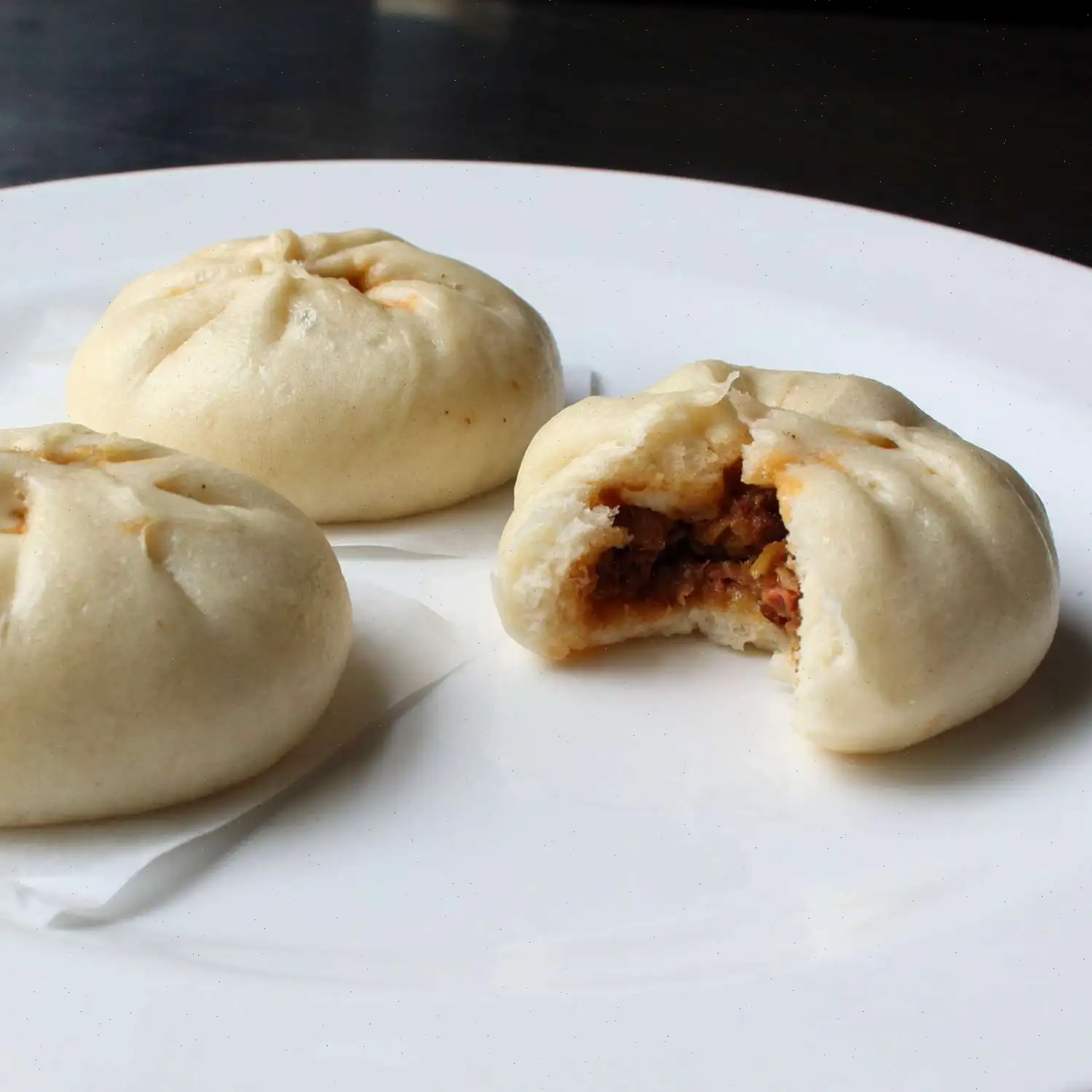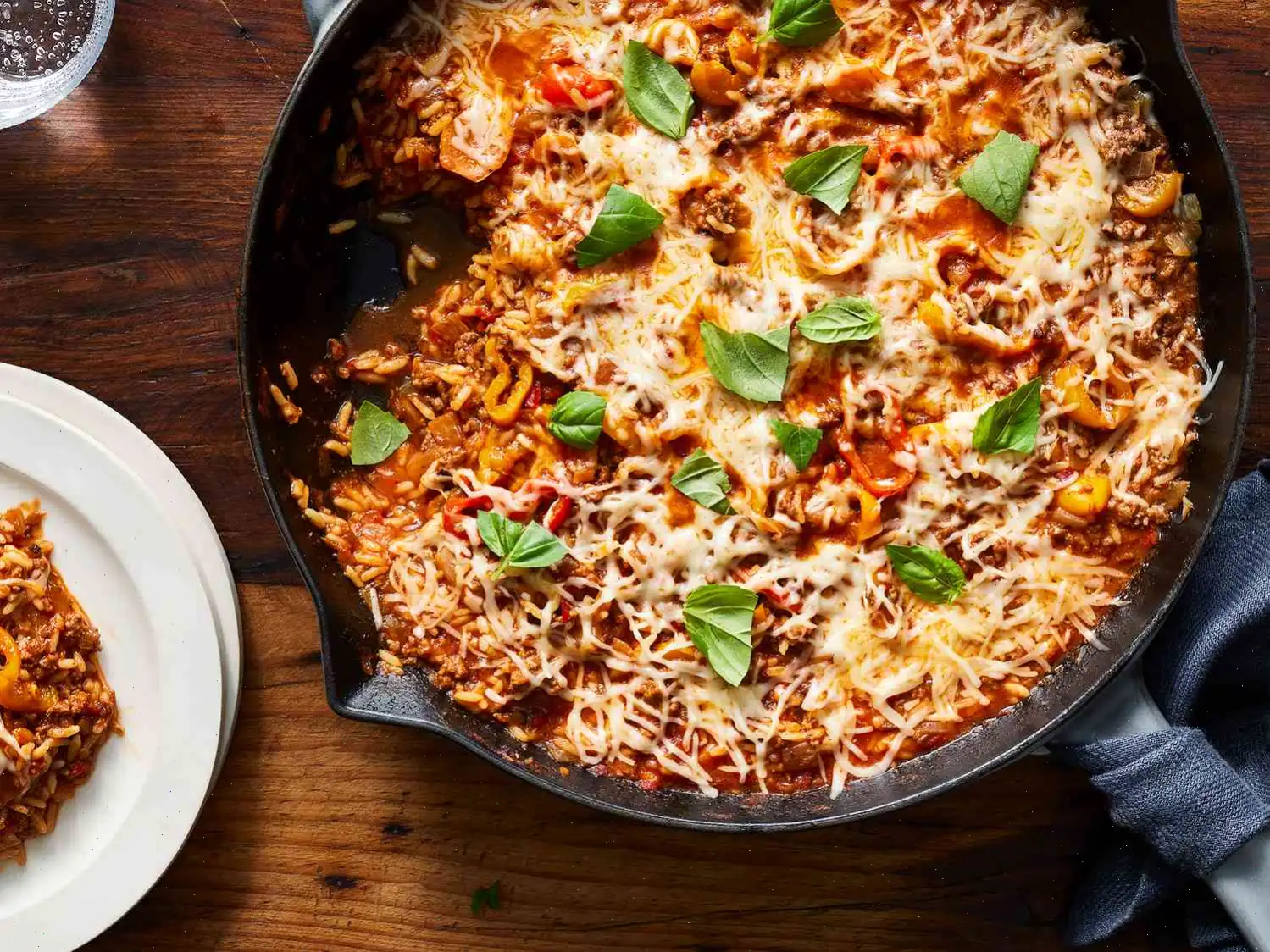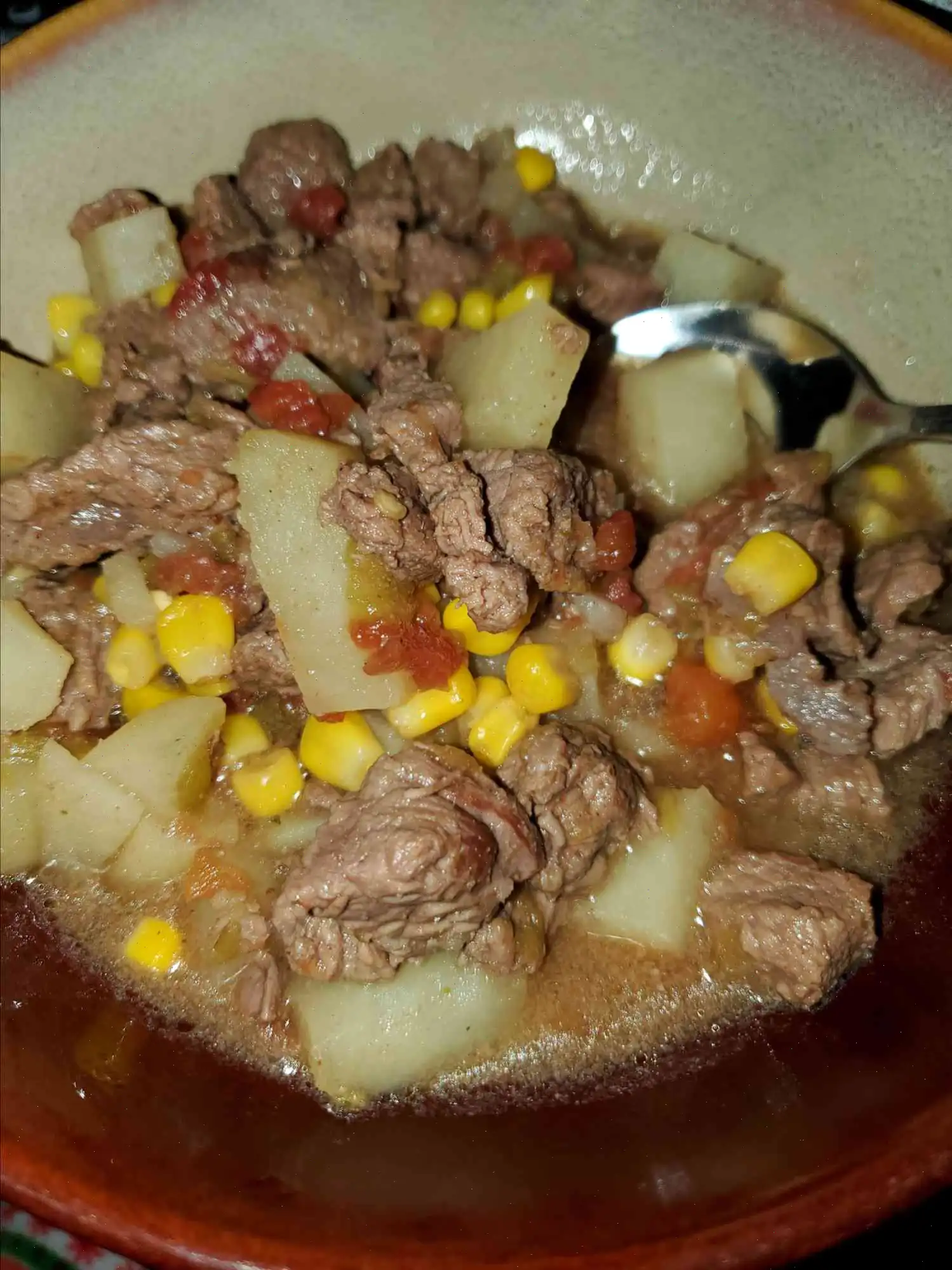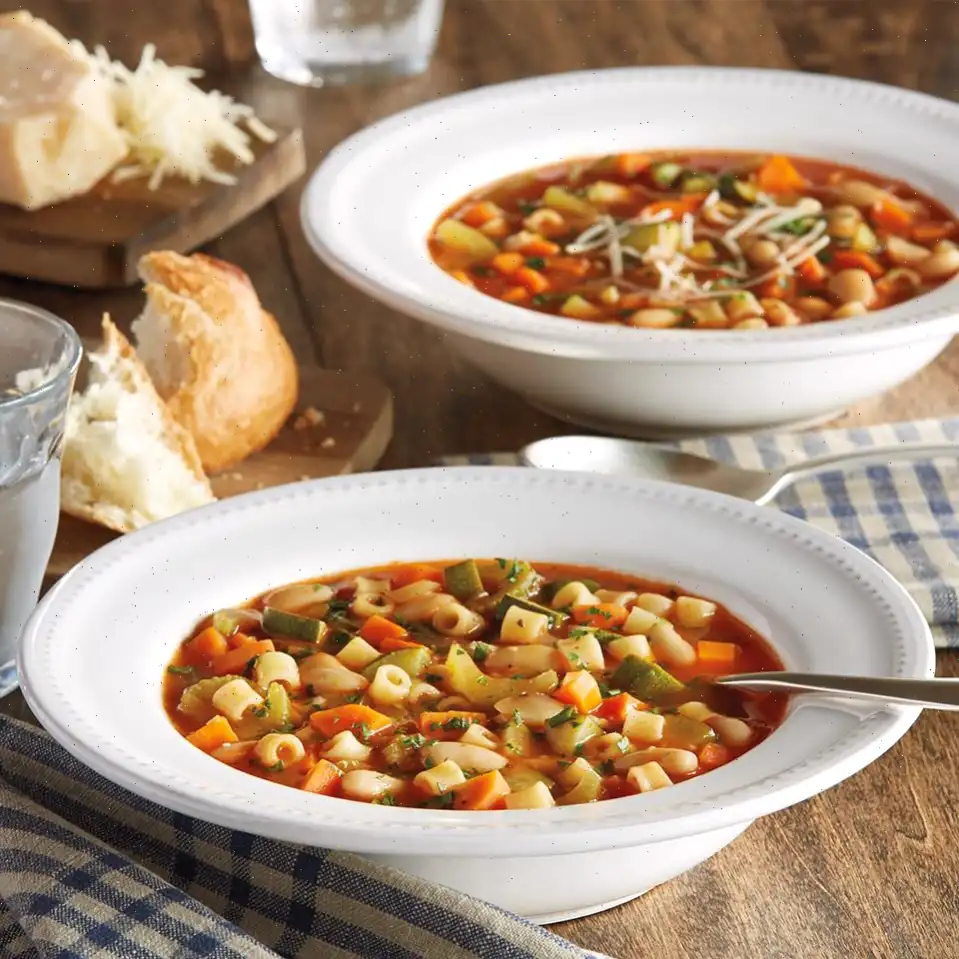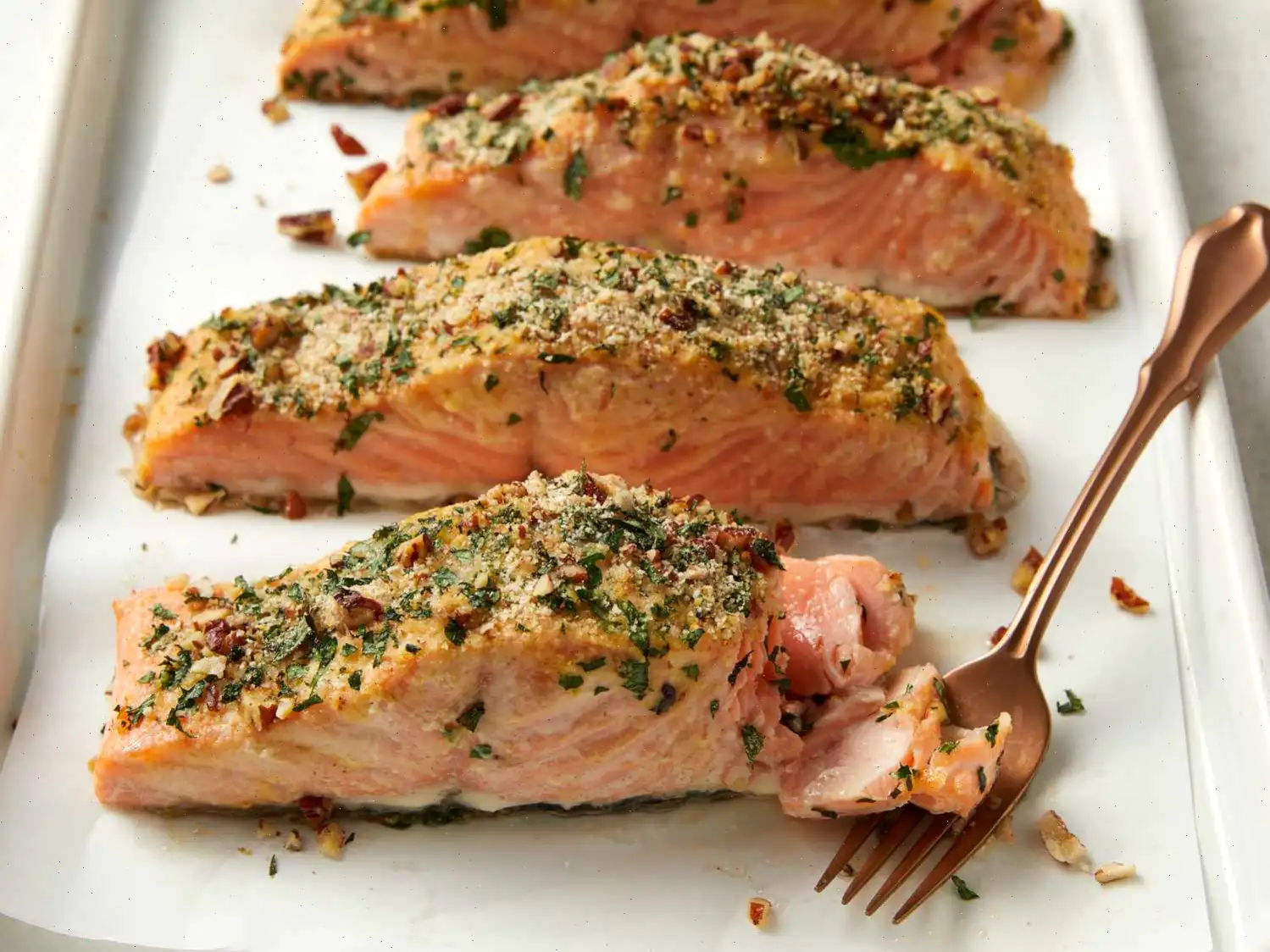
Steamed Barbecue Pork Buns
Ingredients
This recipe was developed at its original yield. Ingredient amounts are automatically adjusted, but cooking times and steps remain unchanged. Note that not all recipes scale perfectly.
Original recipe (1X) yields 12 servings
For the Dough:
- cup water
- 1 teaspoons active dry yeast
- 2 teaspoons vegetable oil
- 1 teaspoons white sugar
- 2 cups self-rising flour
For the Filling:
- 2 cups diced barbecued pork, or to taste
- cup finely sliced green onions
- 1 pinch cayenne pepper, or to taste
- 2 teaspoons sesame oil
- cup hoisin sauce, or to taste
Directions
- Pour water into a bowl. Sprinkle in yeast and let it stand until the yeast softens and begins to form a creamy foam, about 10 minutes.
- Add vegetable oil, sugar, and self-rising flour to the yeast mixture. Mix with a wooden spoon until a shaggy dough forms.
- Turn the dough out onto a clean surface and knead into a smooth ball for about 10 minutes.
- Transfer the dough ball to a lightly oiled bowl, flipping it to lightly coat. Cover and let it rise in a warm spot until doubled in size, about 2 hours.
- Meanwhile, in a separate bowl, combine the barbecued pork, green onions, cayenne pepper, sesame oil, and hoisin sauce. Mix well and refrigerate until ready to use.
- After the dough has risen, punch it down to deflate. Transfer the dough to a lightly floured surface.
- Divide the dough into two equal halves. Roll each half into a long tube and cut each tube into 6 pieces. Roll each piece into a ball and then press it into a disk.
- Roll each disk out until it is about 1/8-inch thick and 4 to 5 inches wide, ensuring the edges are thinner than the center.
- Place a spoonful of the pork filling in the center of each dough circle.
- Pinch the edges together to form multiple small pleats, moistening the edges with water if needed. Squeeze the pleats together at the top to seal in the filling.
- Place each bun on a square of parchment paper. Arrange the buns in a cold bamboo steamer.
- Cover the steamer and let the buns proof until noticeably puffed, about 30 to 45 minutes.
- Meanwhile, bring water to a boil in a Dutch oven over high heat. Once boiling, set the steamer in the pot and cover it. Steam the buns for 10 minutes, then turn off the heat and let them sit, covered, for another 15 minutes.
- Uncover the buns and transfer them to a plate. Serve hot.
Recipe Tips
- If you don't have self-rising flour, you can substitute with 2 cups of all-purpose flour sifted with 3 teaspoons of baking powder and 1 teaspoon of fine table salt.
- You can adjust the filling by adding sugar, salt, or soy sauce to taste. You may also have some filling left over.
Nutrition Facts (per serving)
- Calories: 150
- Total Fat: 3g (4% Daily Value)
- Saturated Fat: 1g (4% Daily Value)
- Cholesterol: 23mg (8% Daily Value)
- Sodium: 369mg (16% Daily Value)
- Total Carbohydrate: 19g (7% Daily Value)
- Dietary Fiber: 1g (3% Daily Value)
- Total Sugars: 2g
- Protein: 11g (21% Daily Value)
- Calcium: 76mg (6% Daily Value)
- Iron: 2mg (8% Daily Value)
- Potassium: 181mg (4% Daily Value)
* Percent Daily Values are based on a 2,000 calorie diet. Your daily values may be higher or lower depending on your calorie needs.

History of Steamed Barbecue Pork Buns
Steamed Barbecue Pork Buns, also known as "Cha Siu Bao" (), have their origins deeply rooted in Cantonese cuisine. This popular dish can trace its history back to the southern regions of China, particularly in Guangdong province. These buns are believed to have been created as a way to repurpose leftover barbecue pork, giving it new life inside soft, fluffy dough. Over time, they became a staple at dim sum restaurants and are now enjoyed worldwide. While originally a humble snack, the popularity of Cha Siu Bao grew during the 20th century, especially with the rise of Chinese diaspora and the spread of Cantonese culinary traditions.
Regional Features
Although the steamed barbecue pork bun is most commonly associated with Cantonese cuisine, there are regional variations across China and other parts of Asia. In Hong Kong, for example, these buns are a popular dim sum dish, often served in steamer baskets alongside a variety of other bite-sized delicacies. In Taiwan, you might find a slightly sweeter version with a different type of dough or filling, using ingredients like hoisin sauce or even sweet soy. While the basic structure remains similar, subtle differences in ingredients or preparation methods make each regional version unique. In some areas, these buns may even be served as a breakfast food, eaten with tea or coffee.
How Steamed Barbecue Pork Buns Differ from Similar Dishes
Steamed barbecue pork buns may appear similar to other steamed dumplings, such as baozi or xiao long bao, but they stand apart in terms of both filling and dough. Unlike baozi, which can contain a variety of fillings such as vegetables, meat, or even sweet pastes, the cha siu bao is specifically filled with sweet and savory barbecue pork. Additionally, the dough used for Cha Siu Bao is typically soft and slightly sweet, which contrasts with the more neutral dough of other steamed buns. The key difference lies in the filling, which is uniquely made from char siu (barbecue pork) that has been marinated in a mixture of soy sauce, honey, hoisin, and Chinese five-spice powder, imparting a distinct flavor profile.
Where Are Steamed Barbecue Pork Buns Typically Served?
Steamed barbecue pork buns are most commonly found in dim sum restaurants, particularly in Cantonese-speaking regions like Hong Kong, Macau, and parts of southern China. These buns are often served as part of a traditional dim sum spread, where small portions of various dishes are shared among a group. Outside of China, they can be found in Chinese restaurants globally, from the bustling streets of San Franciscos Chinatown to the streets of London. In addition to dim sum establishments, you may also encounter these buns in markets, food courts, and even as street food, where they are sold fresh and hot in baskets or on skewers.
Fun and Interesting Facts
- The name "Cha Siu Bao" refers to the method of cooking the pork filling ("cha siu" means "barbecued pork" in Cantonese), while "bao" simply means "bun" or "dumpling".
- While traditionally made with pork, these buns can be easily adapted to suit other fillings, such as chicken, beef, or even vegetarian options like mushrooms and tofu.
- The buns are often enjoyed with tea, making them a perfect complement to a traditional Chinese tea ceremony or dim sum brunch.
- Steamed buns are often associated with Chinese New Year celebrations, symbolizing prosperity and good fortune due to their round, plump shape.
- In the early days, cha siu bao were often made at home and served for special occasions or family gatherings. Now, they are a beloved snack enjoyed by many around the world.
You can listen to this recipe in AI audio format. Simply click the play button below to listen to the content in a format that suits you best. It’s a great way to absorb information on the go!
FAQ about Steamed Barbecue Pork Buns
Comments
Sandra Scott
05/30/2023 12:36:24 AM
Easy, adaptable, and delightful. I decided to experiment with my new bamboo steamer by making these buns, using an unconventional filling - leftover Buffalo chicken dip. Surprisingly, these soft and effortless buns turned out wonderfully! Following the instructions with King Arthur self-rising flour resulted in a successful batch. The steamed buns expanded impressively while cooking. I'm now intrigued to try a hearty pie filling in them next time - it might be a game-changer.


